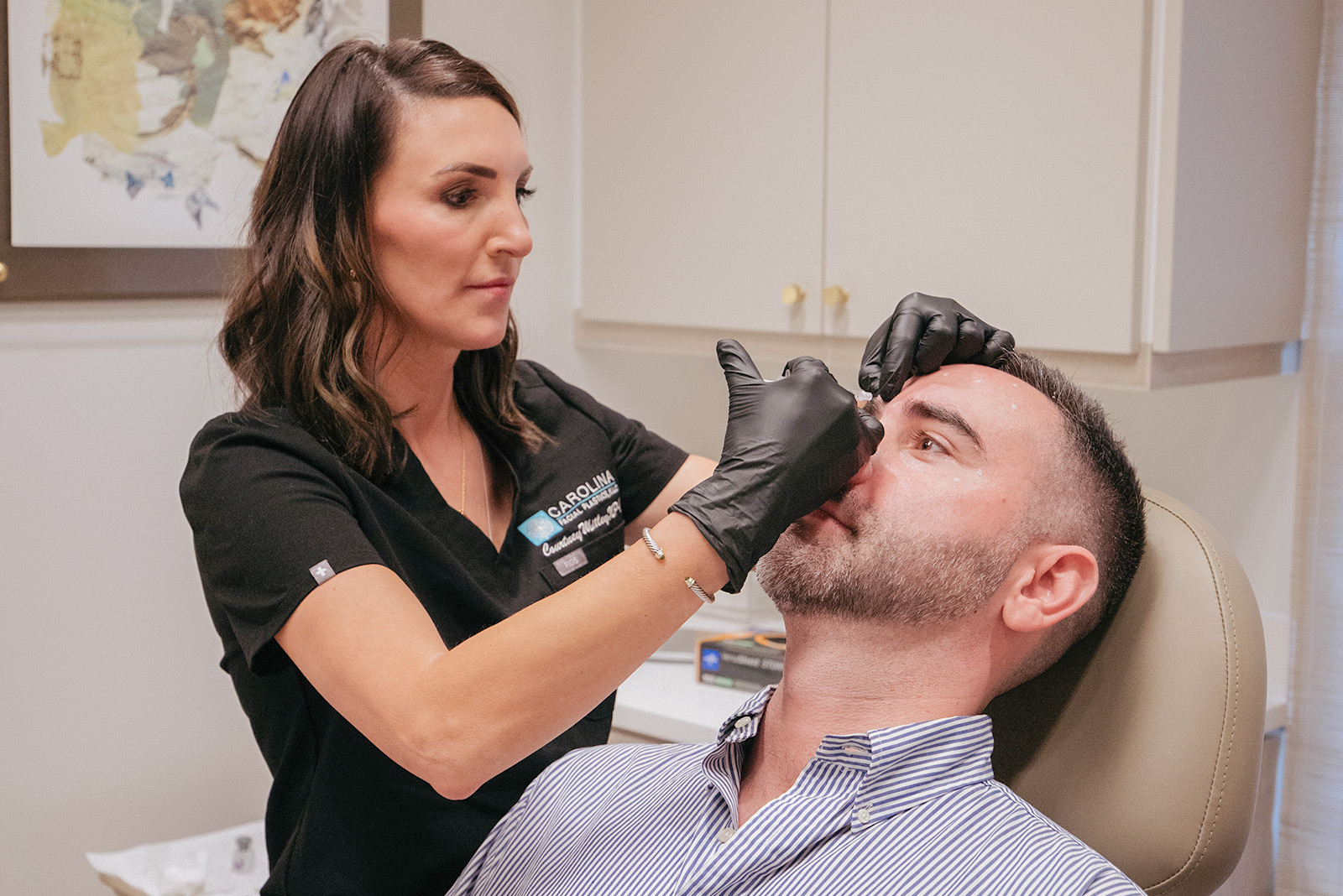Your Consultation
Your Botox journey begins with a comprehensive consultation tailored to your specific needs.
During this consultation, your dedicated aesthetic specialist will review your medical history, and medications and discuss your concerns related to the areas you’d like to address with Botox.
We encourage you to openly share your goals so that we have a comprehensive understanding of your expectations. This initial conversation is crucial in creating a personalized treatment plan.
Your specific concerns, facial muscle dynamics, budget, and personal preferences, guide our team in selecting the appropriate injection points and dosages tailored to your goals.







